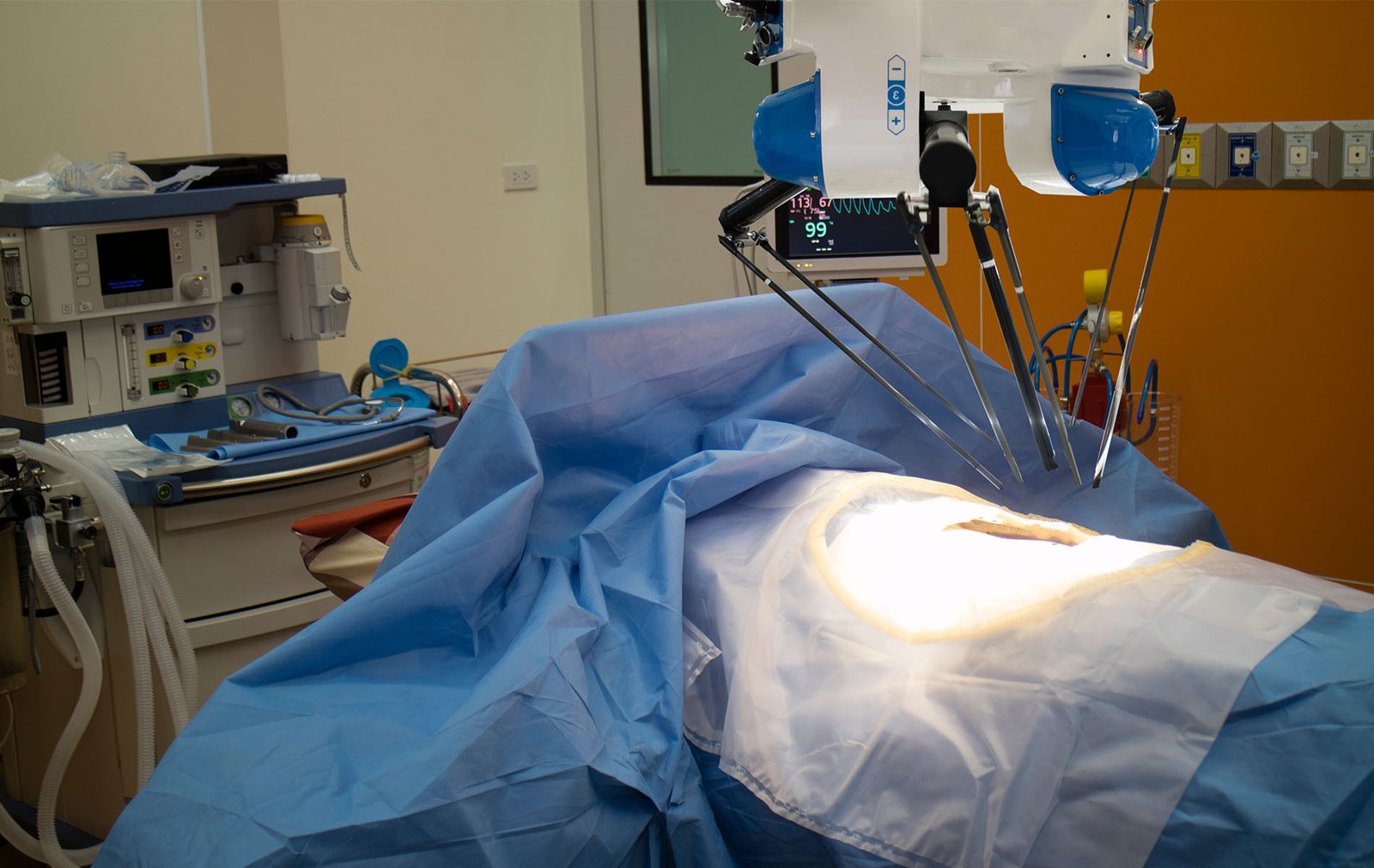Identifying Gaps: Exploring the Limitations in Robotic Surgery
Introduction:
In today’s society, the concept of robotic surgery is fast gaining popularity. Nevertheless, patients getting robotic treatments frequently don’t know enough about this cutting-edge method. Therefore, it is imperative that awareness be raised from a developmental standpoint.
Technomed, a producer of a range of medical devices for use in healthcare settings, understands the value of addressing any worries that patients and their families could have. We understand that all inventions, including robotic surgery, have both positive and bad consequences.
Although we recognise the benefits of inventions from a variety of perspectives, it is also important to draw attention to their drawbacks. By emphasising these potential flaws, we hope to generate appropriate scientific replies from inventors and promote informed decision-making in the medical community.
Our Sample Sample Survey:
We performed a sample survey of 100 clients, asking a variety of questions about their desire to undergo robotic surgery. We learned about their viewpoints and identified areas of worry about robotic surgery adoption through this survey. By analysing the replies of all participants, we were able to identify distinct areas of scepticism about the acceptability of robotic surgical methods.
Results Came From The Survey:
Procedure Complexity: Despite progress, certain surgical procedures remain difficult for robotic systems to perform. Intricate procedures requiring delicate manoeuvres or exact tissue manipulation may be beyond the capabilities of present robotic technology, thereby limiting its application.
Lack of Tactile Feedback from Doctors to Patients: One key drawback in robotic surgery is the lack of tactile input for doctors. Unlike traditional surgery, which uses touch feeling to analyse tissue features and depth perception, robotic systems rely only on visual and aural feedback, which may compromise surgical precision and decision-making.
Cost of Equipment and Maintenance: Robotic surgical systems include significant upfront costs for acquisition and installation, as well as continuous expenses for maintenance, updates, and instrument sterilisation. As a result, the cost of the treatment increased above average, which was difficult for everyone. These budgetary constraints may impede the general adoption of robotic surgery, particularly in smaller healthcare facilities with limited resources.
Restricted Accessibility in Remote or Rural locations: Although robotic surgery is becoming increasingly common in academic medical centres and urban locations, it is still not as accessible in these areas. Robotic surgery programmes are difficult to establish in impoverished areas because to infrastructure requirements, specialised training needs, and support staff requirements. This exacerbates gaps in healthcare access.
Surgical Workflow Disruptions: Integrating robotic technology into surgical workflows can disrupt existing processes and workflows. Integration issues, including as setup time, instrument changes, and system troubleshooting, can cause delays during procedures and reduce overall surgical efficiency. Addressing these workflow disruptions is critical for maximising the benefits of robotic surgery while reducing operational challenges.
Risk of Technical faults: Despite technological breakthroughs, robotic surgical systems are susceptible to technical faults or malfunctions. System faults, software problems, or mechanical issues during surgery might endanger patient safety and demand immediate intervention by surgical teams. Robust practices for system maintenance, troubleshooting, and contingency planning are required to reduce the chance of technological failures during robotic surgery.
Finally, our poll provided useful insights into the perceptions and concerns around the use of robotic surgery. By analysing participant responses, we discovered areas of scepticism and fear about this novel approach to surgery. These results highlight how critical it is to allay worries and raise awareness in order to promote acceptance and seamless integration of robotic surgery into standard medical practice. Moving forward, it is critical to maintain ongoing dialogue, education, and research to support the safe and successful use of robotic surgical technology.




